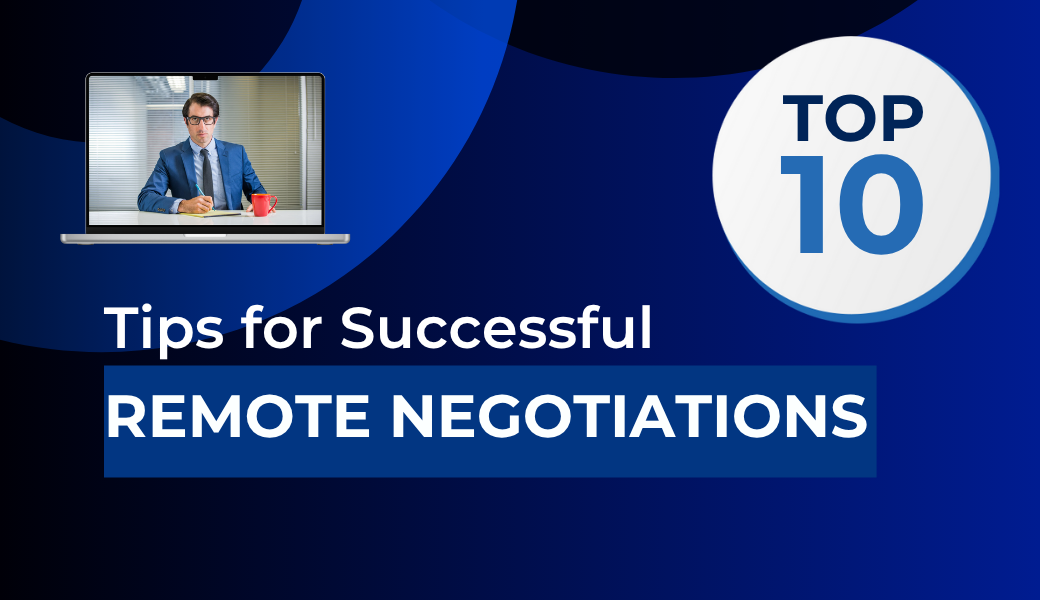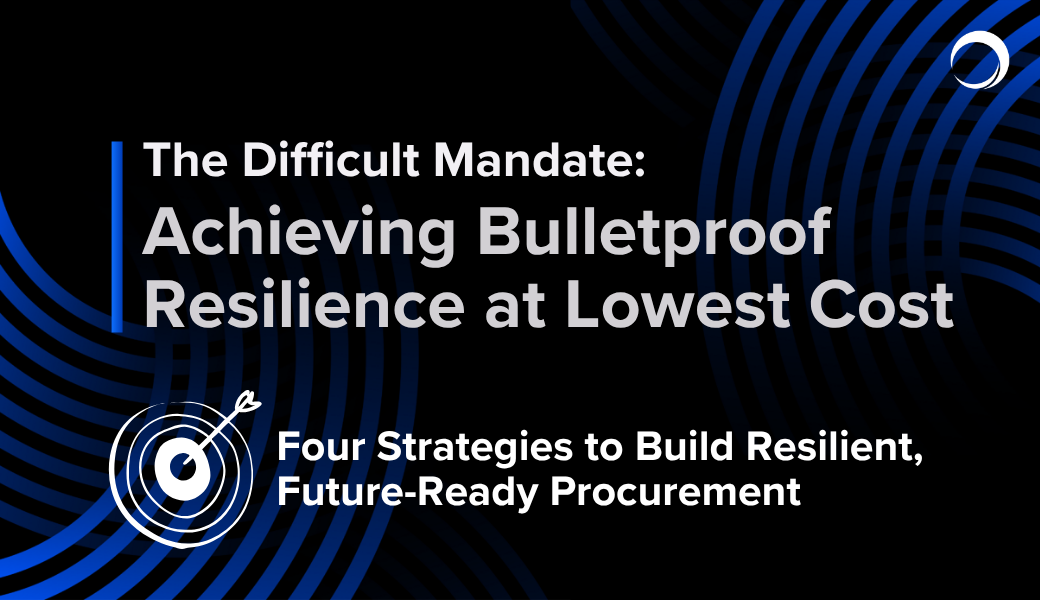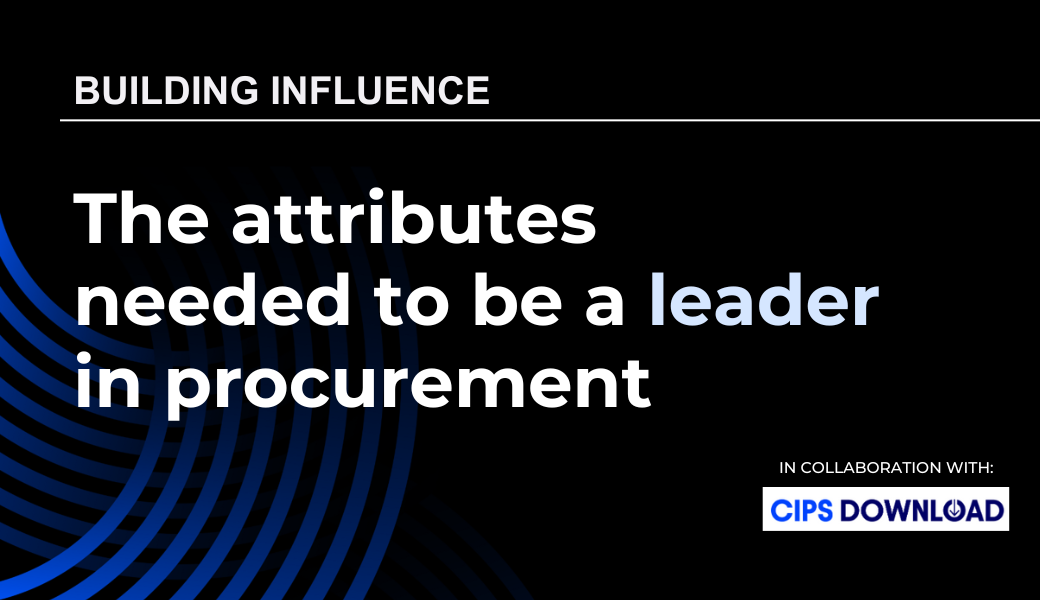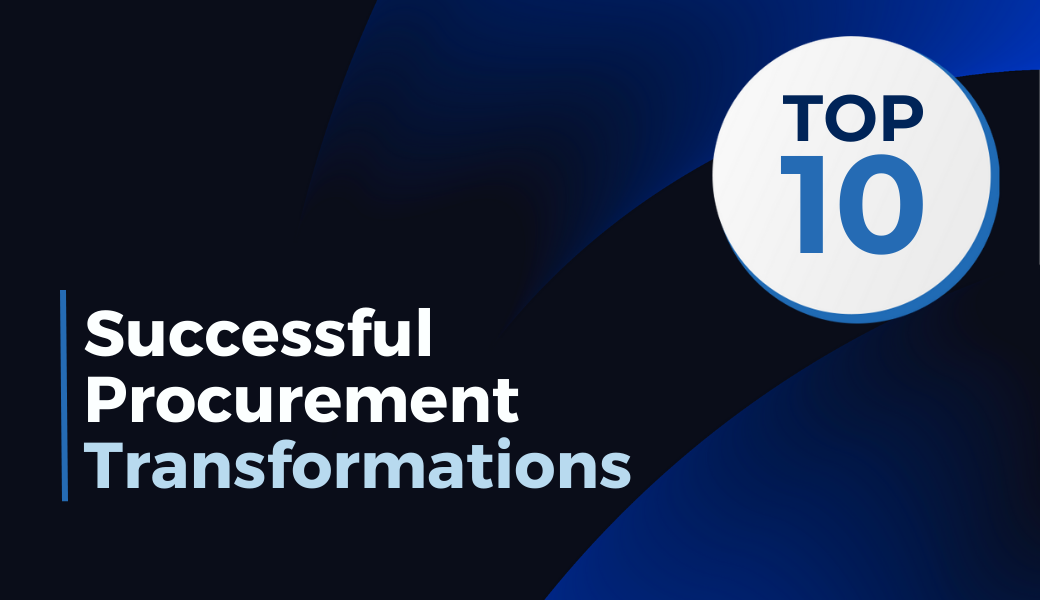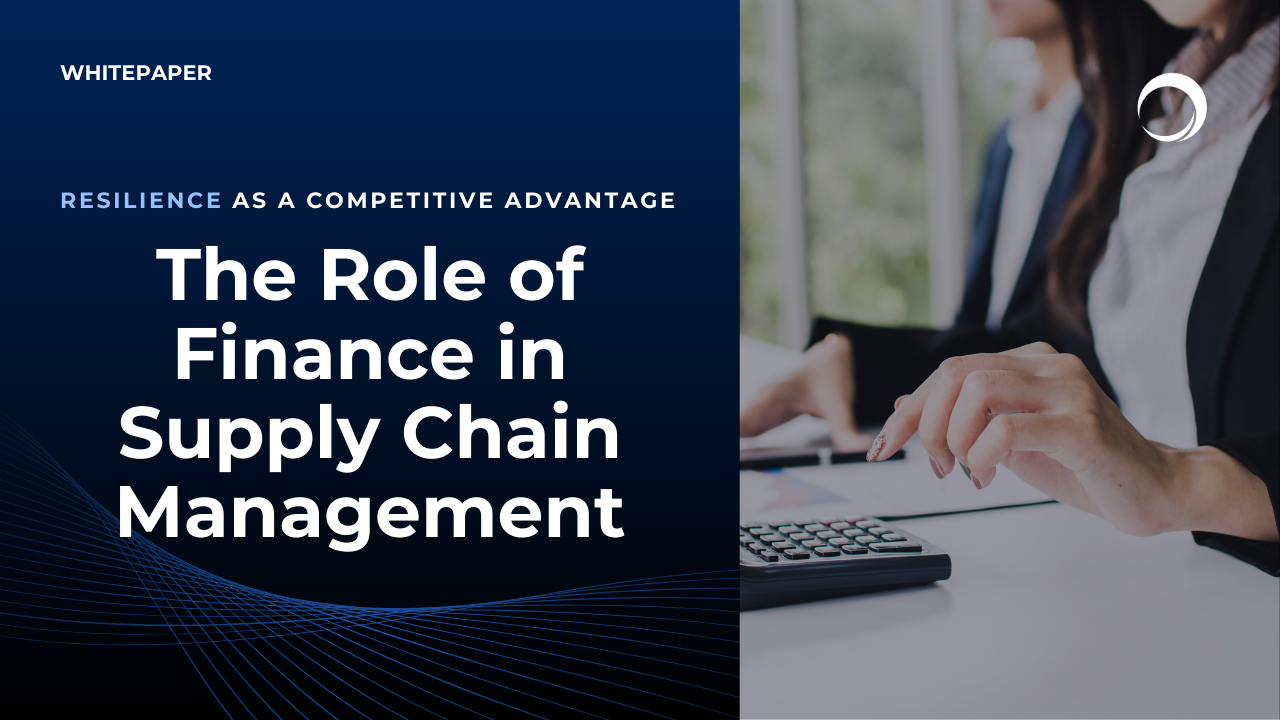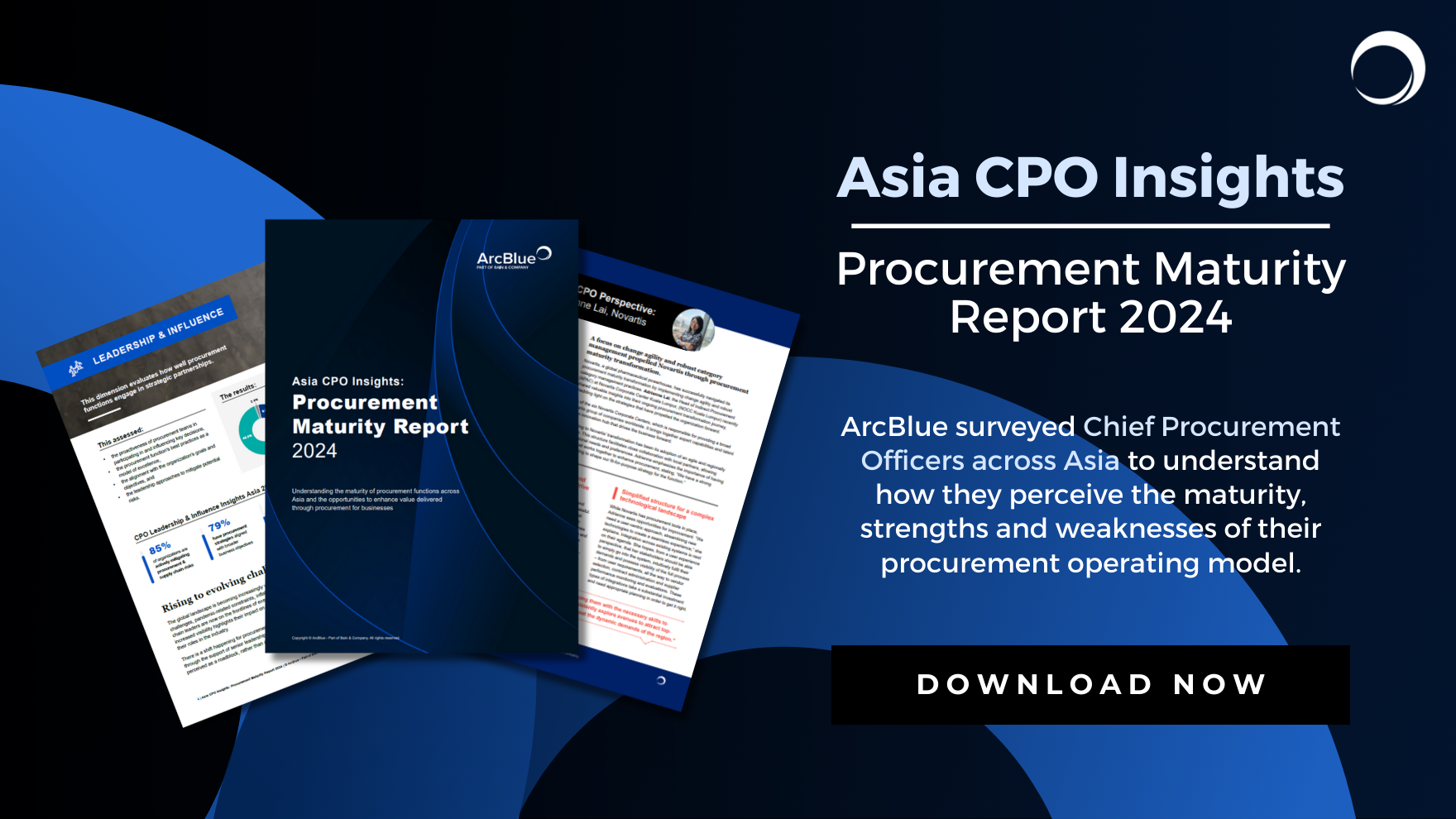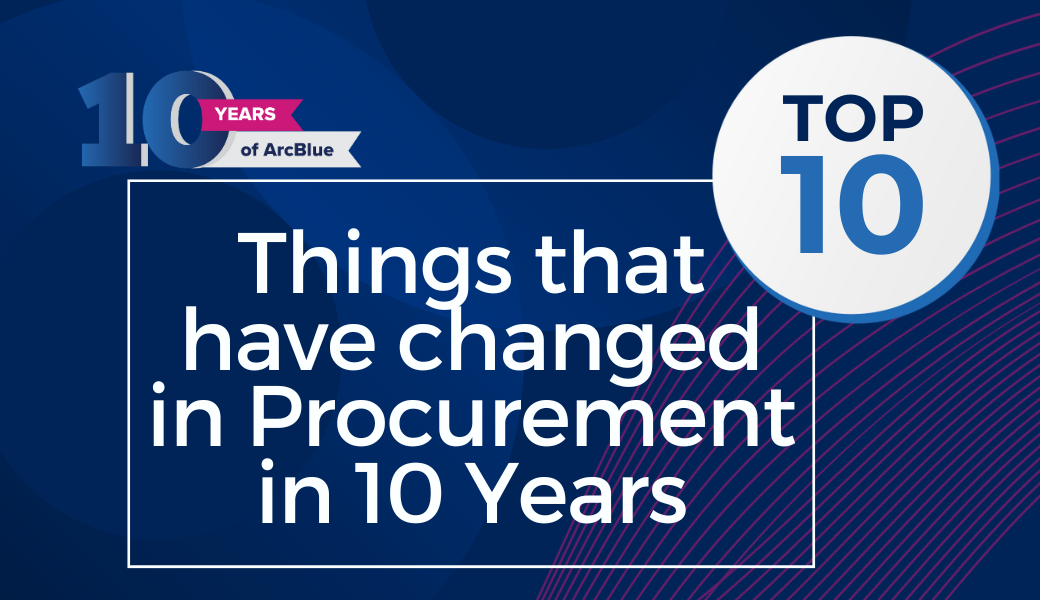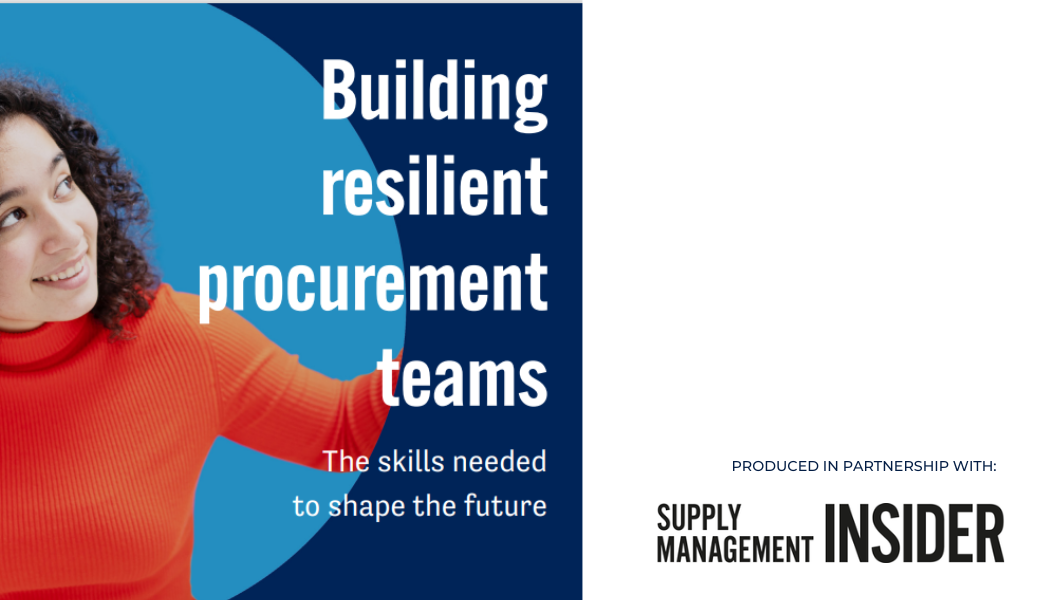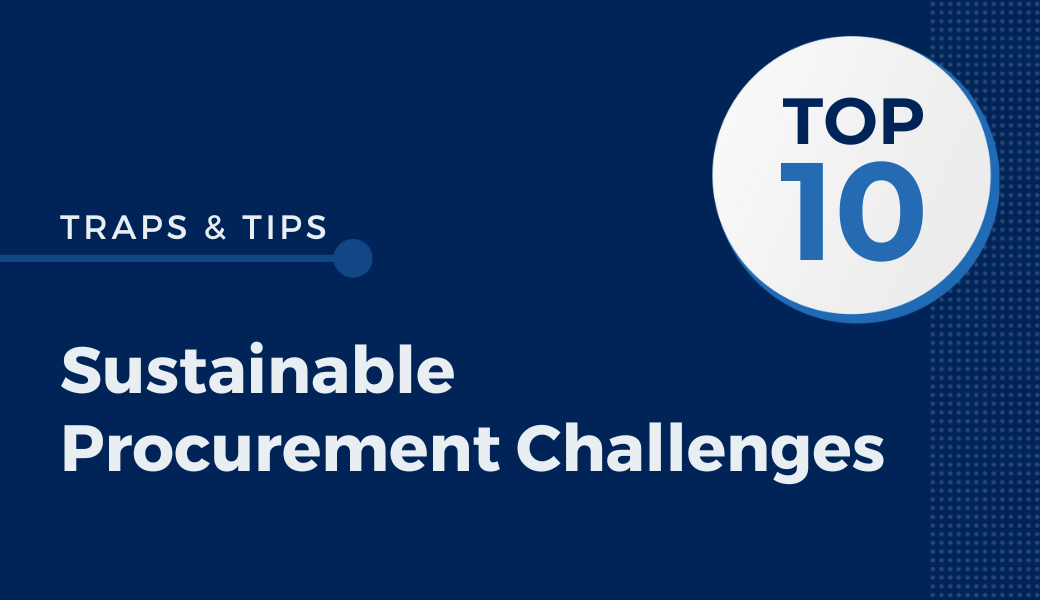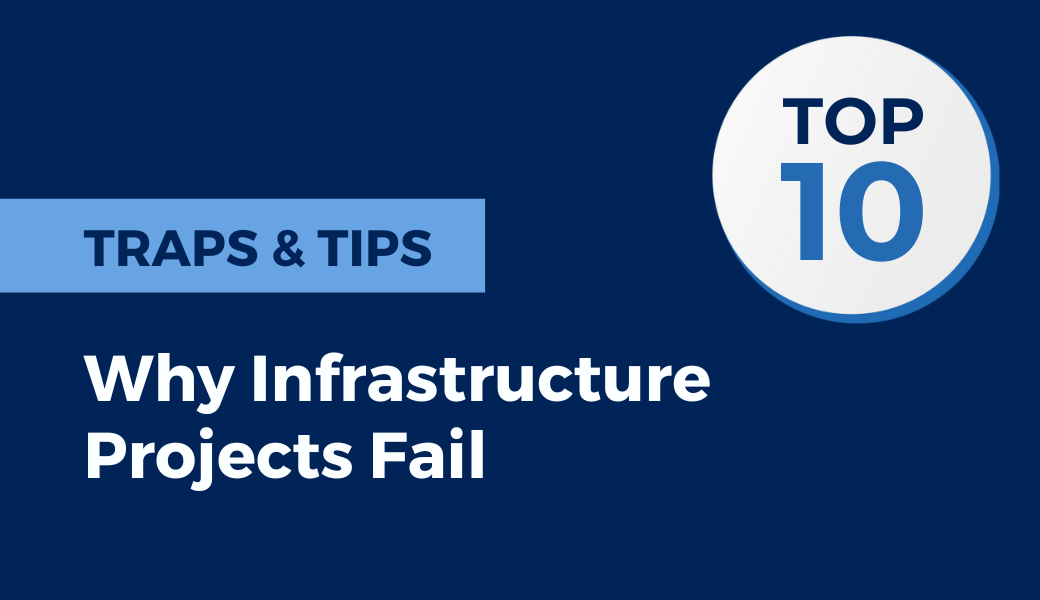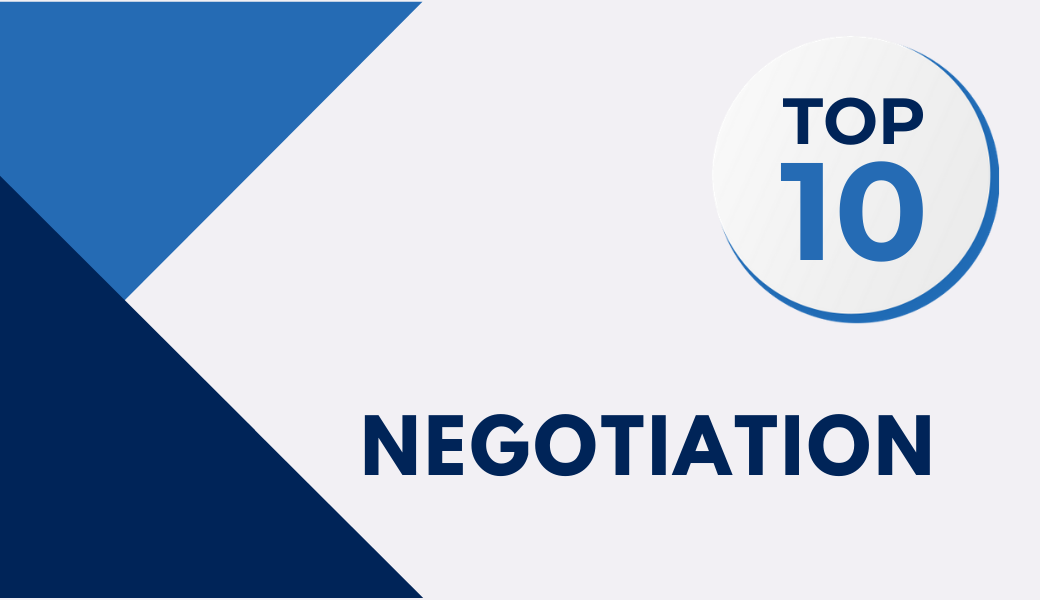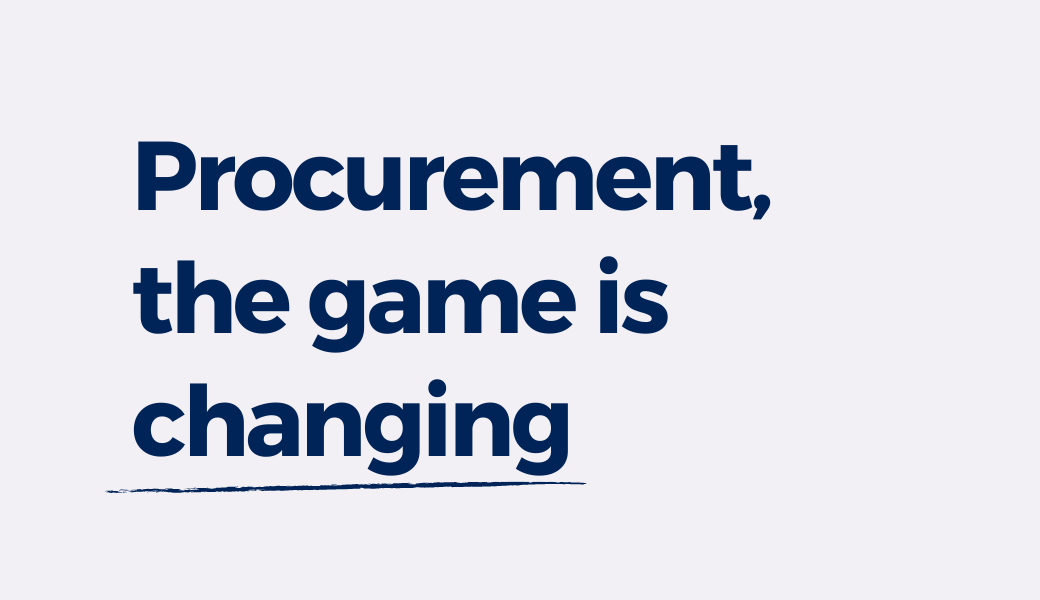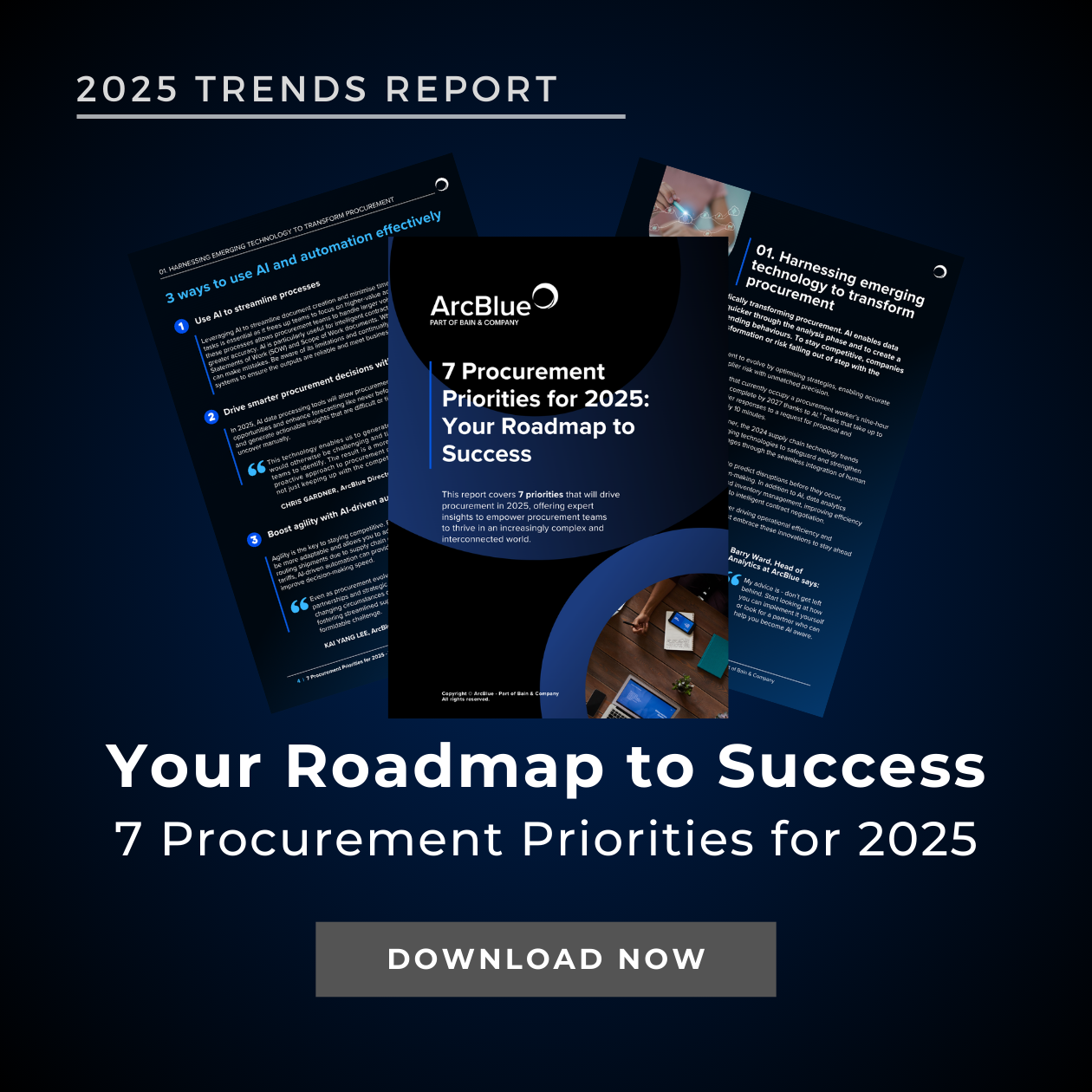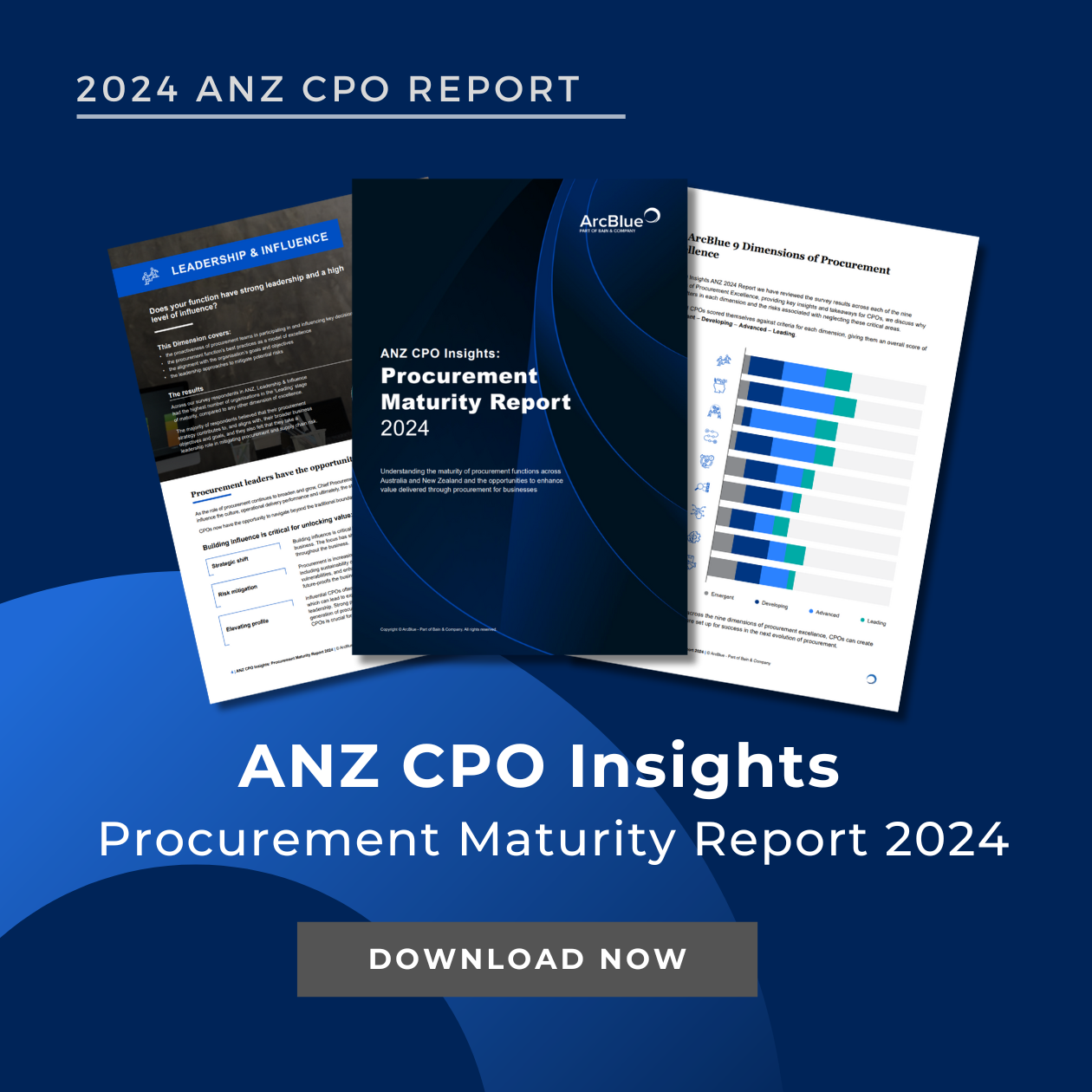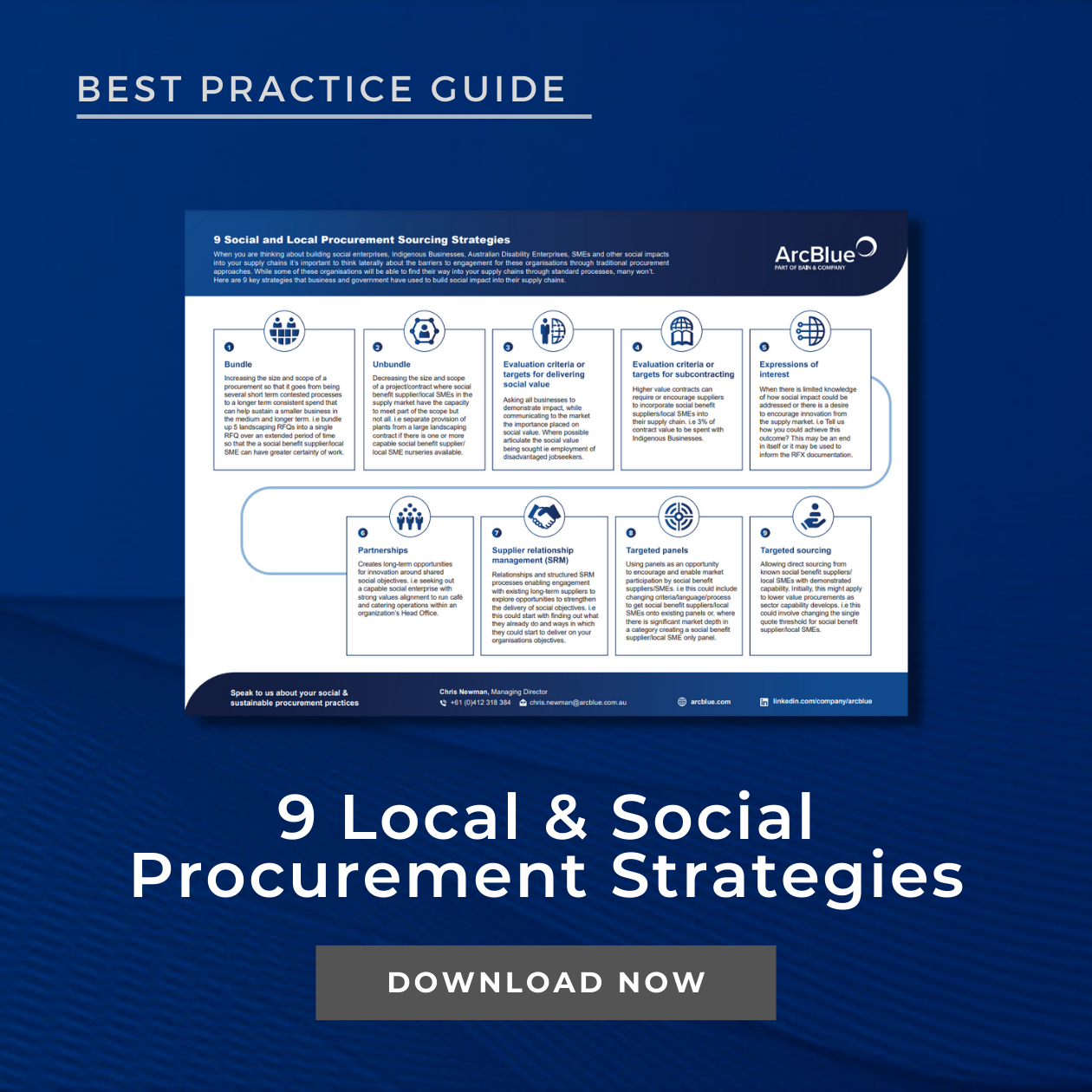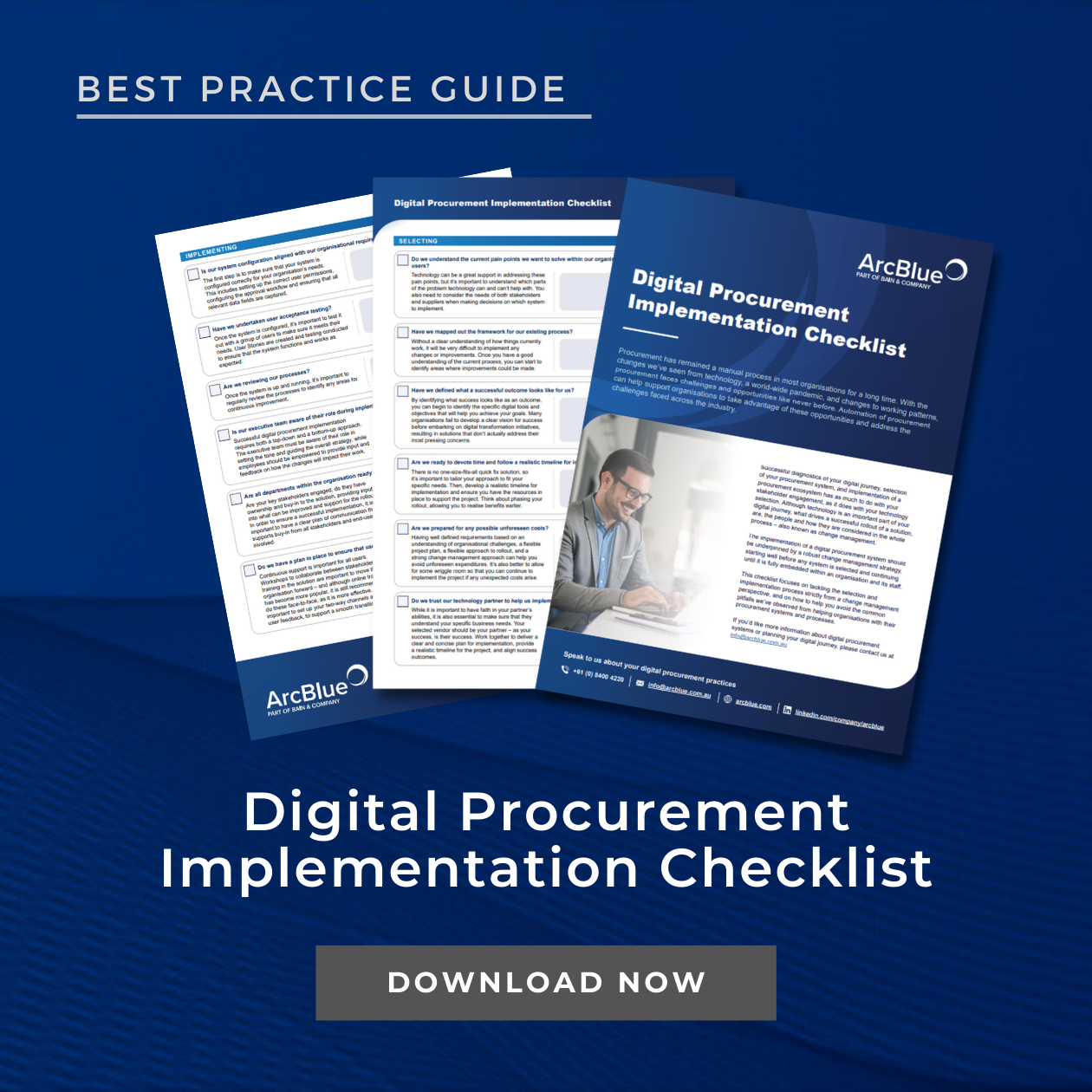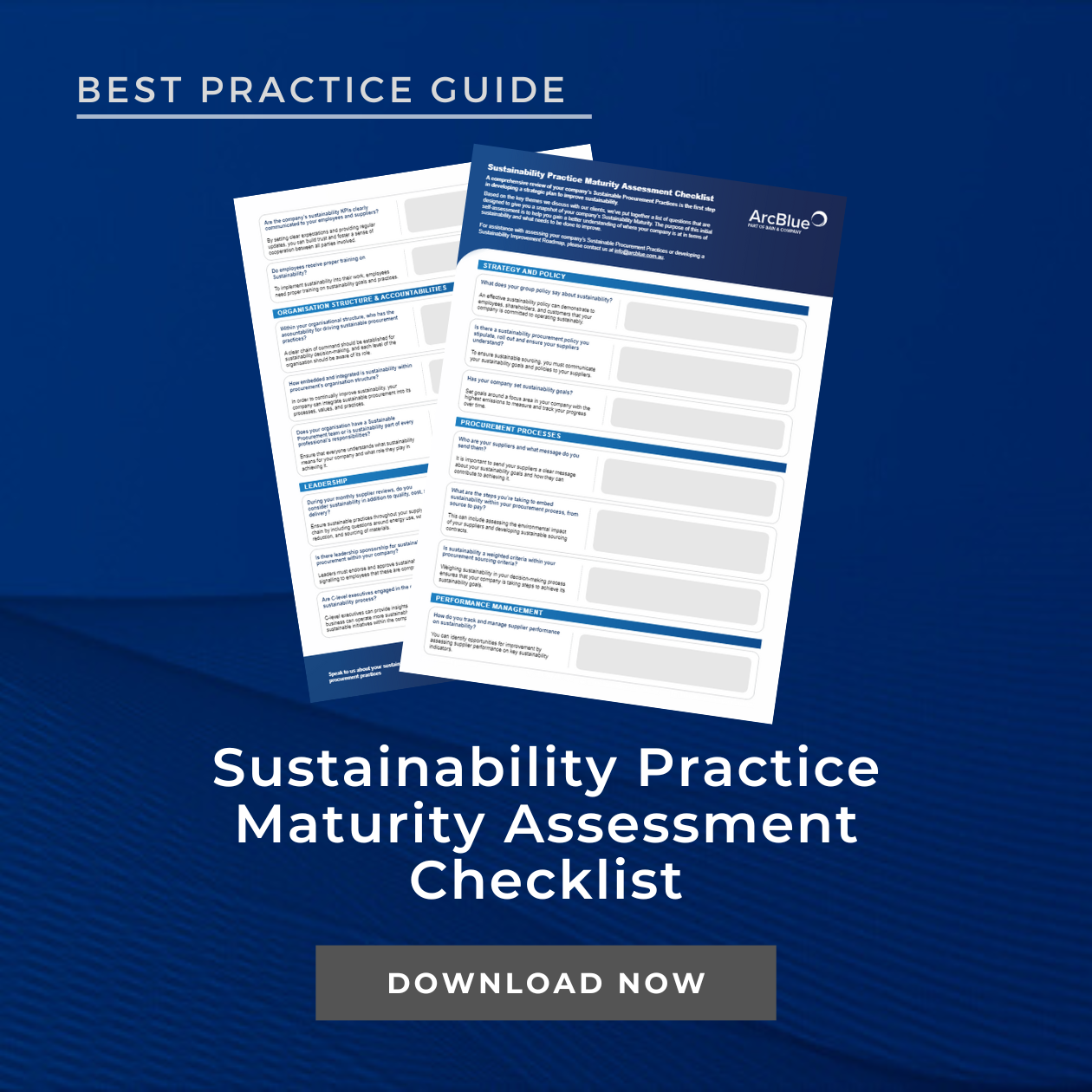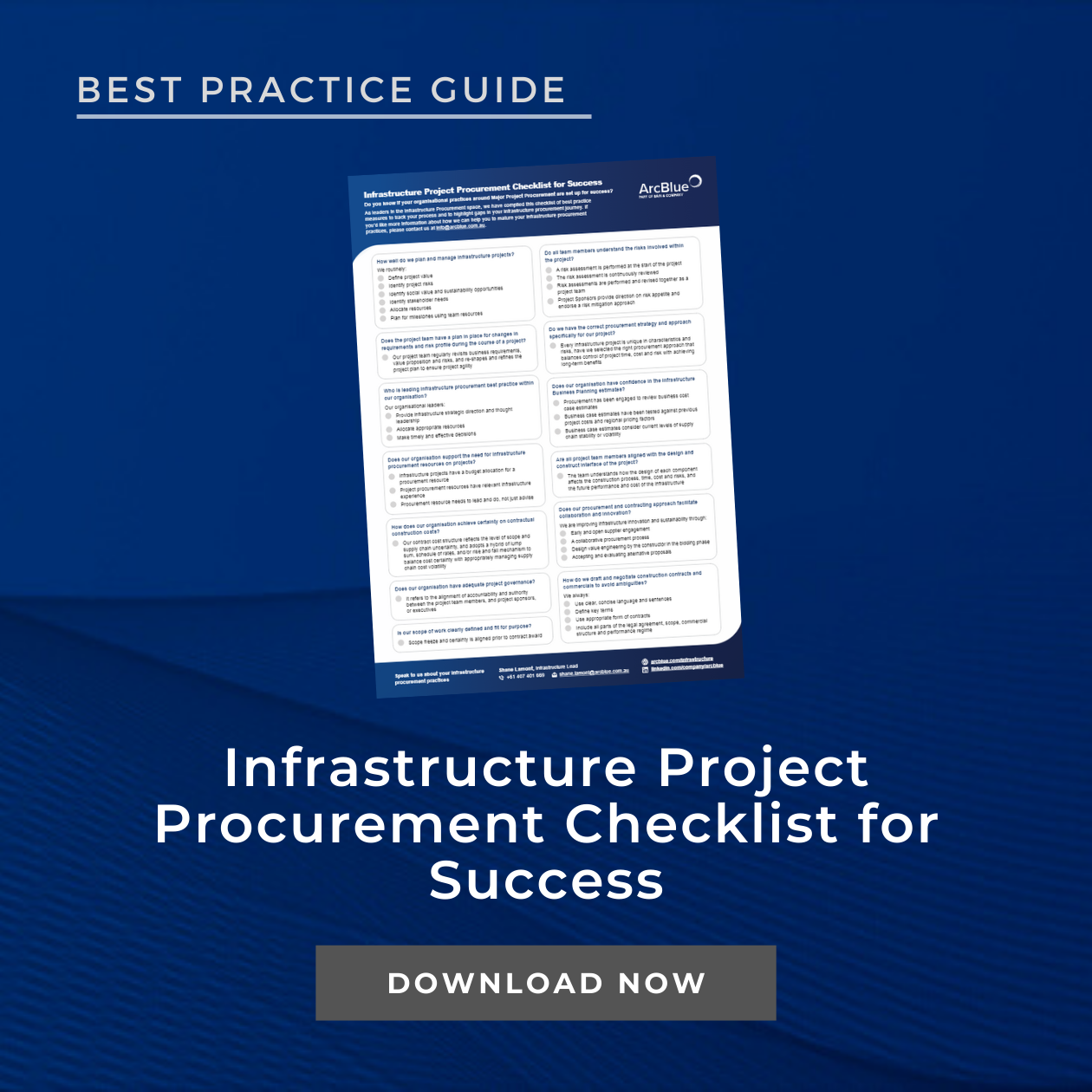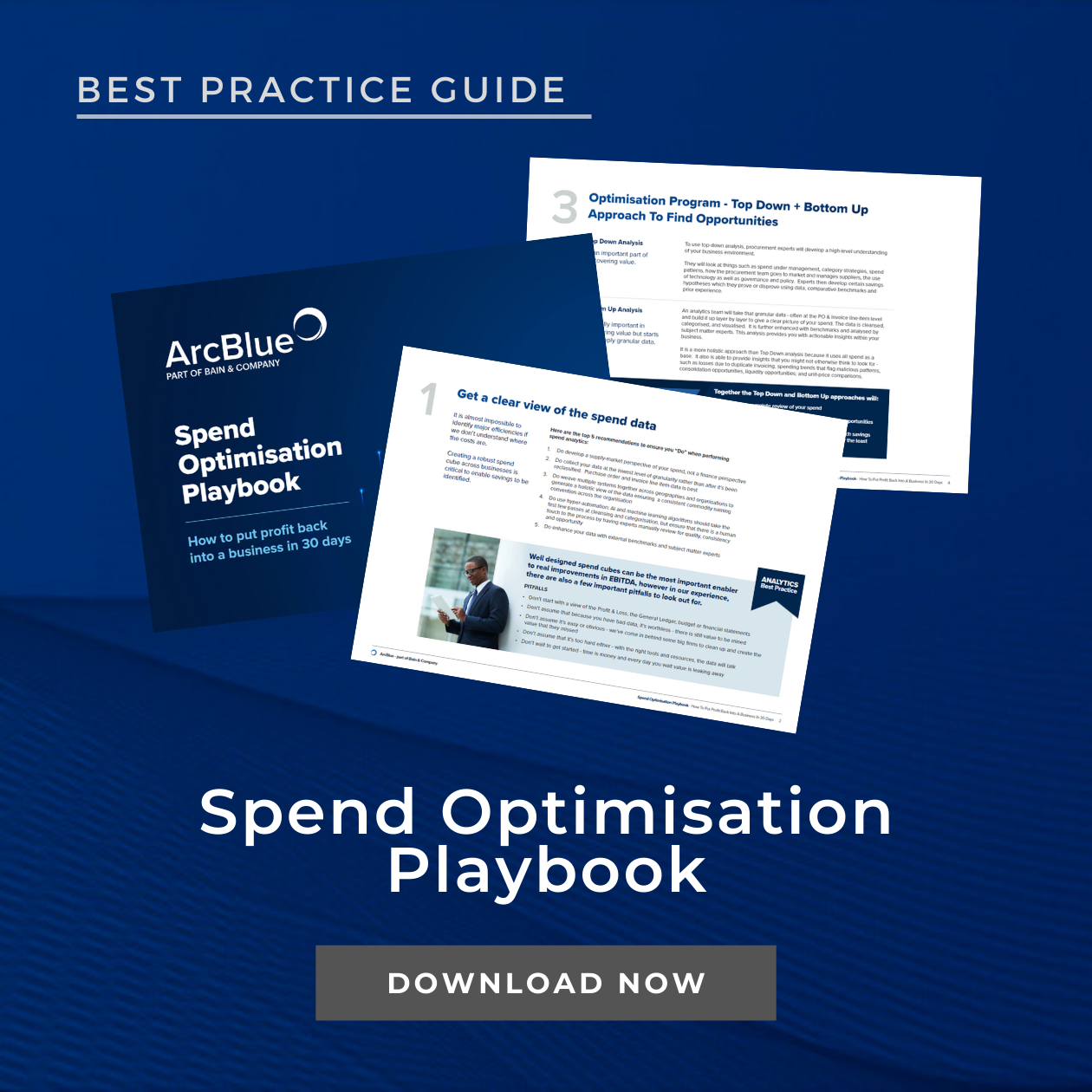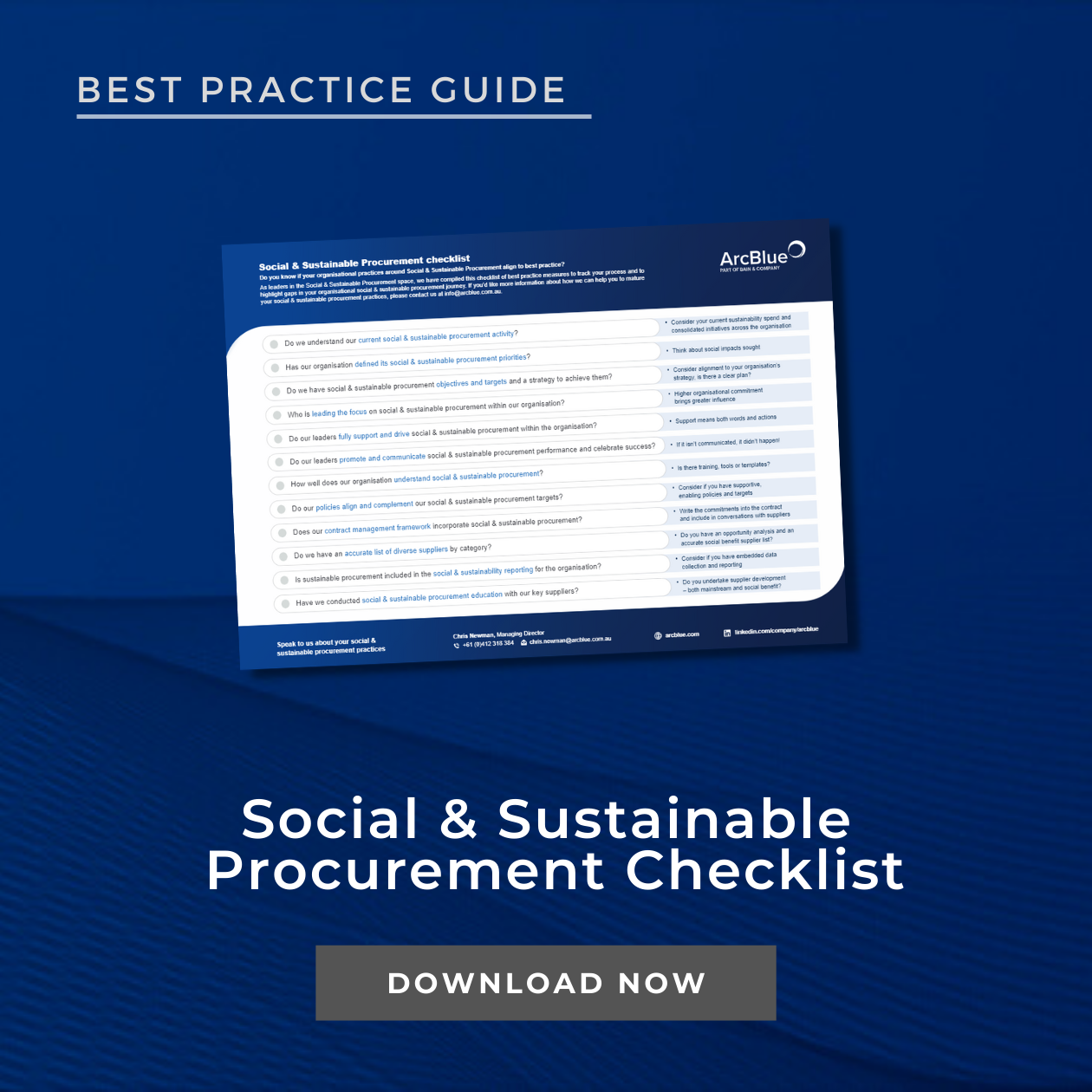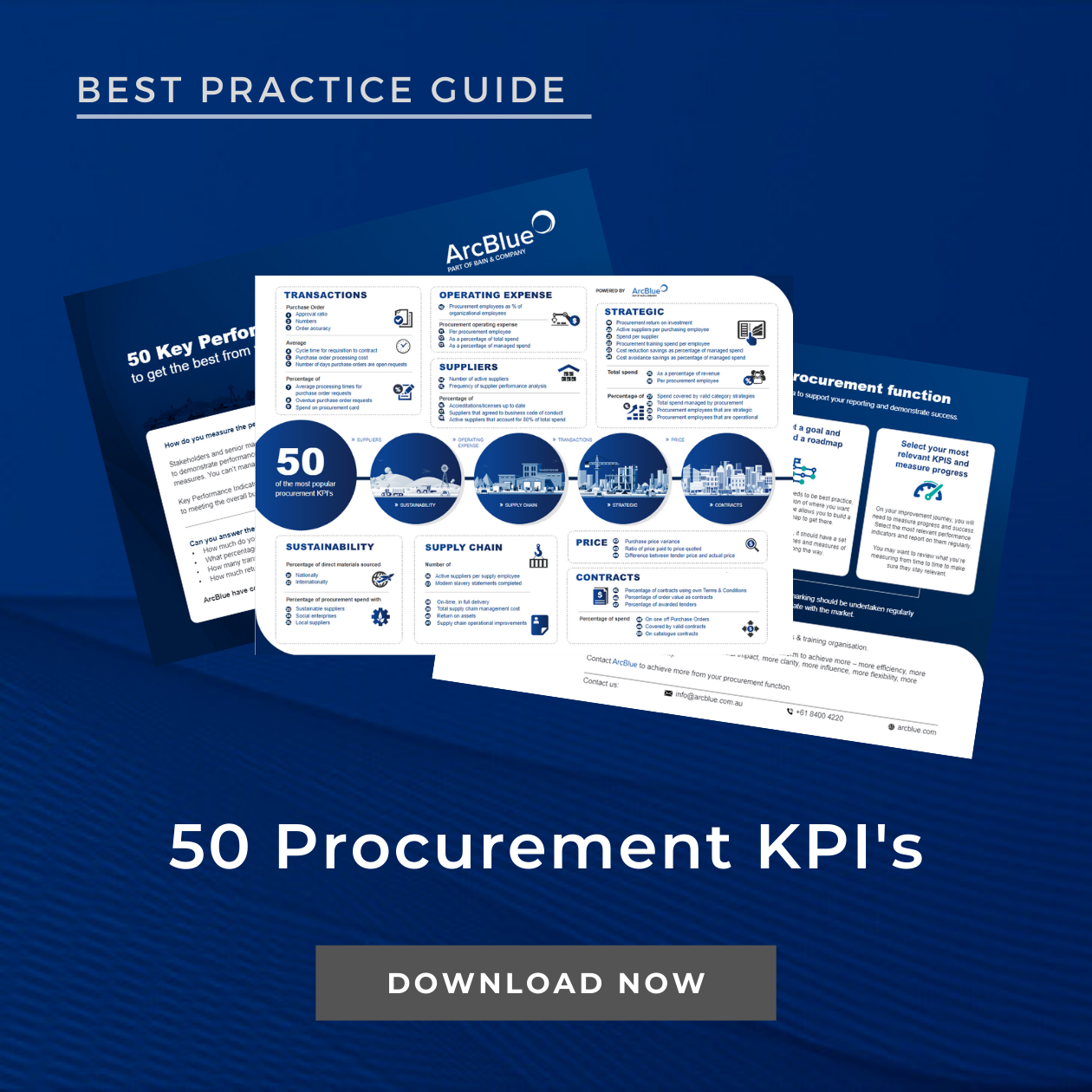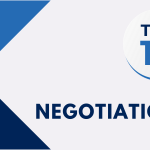- ARTICLE
Compete with your competitors,
not with your Suppliers
September 2019
Organisations can benefit from working with their suppliers – rather than viewing them as the competition.
The Procurement Journey
It’s not that long ago that a procurement function was an administrative service, a team to raise purchase orders, a tick in the box of a purchasing process and a cog in a corporate wheel. Even the leading professionals were there purely to “beat up” the suppliers on behalf of the organisation. Procurement specialists were known for being tough, and in largely adversarial negotiations were rewarded for locking in the lowest price possible through the entire supply chain.
Procurement, both as a profession and a function, has arguably developed faster than any other profession in the corporate world. In one short generation it has progressed significantly, and it is now viewed as a vital tool in ensuring a company’s success. Over the last 10-20 years there has been the development and implementation of a chartered qualification and procurement now sits proudly on the curriculum at all major universities. In a world of budget cuts, staff redundancies and an atmosphere of cost reduction, Procurement as a function is bucking the trend and being heavily invested in by organisations of all sizes.
With high functioning procurement teams proving their worth to their organisations, the input and influence they can have is ever increasing. Procurement now has executive sponsorship in most organisations and through implementation of effective category and supplier management can help to influence decisions made at all levels of the organisation.
Procurement is no longer about buying, it is about providing value, providing a service and managing the complex supply chains required for an organisation to succeed.
Realising the value of the supply market
In turn the supply market has risen to the challenge and embraced the partnerships and collaborative environment they now are a party to. Suppliers across all industries have developed their services to meet market needs and enhance value and in the hope of making themselves indispensable to their customer base.
Take for example a part used during the assembly of a car in the automotive industry. Previously purchasing this part would involve an order, delivery, storage, use and re- order by someone within the automotive company. In this example the supplier is very much used only to make and deliver that one specific part, but is that all they are worth?
What part of this process could the supplier undertake to save the automotive company time, money and enhance their value. What if the supplier monitored stock levels? What if the supplier automatically reordered? What if the supplier only charged for the part once it was used?
These are basic examples of how suppliers have increased their value over time to create processes that are now common place within our supply chains. Automotive companies around the world now reap the benefits of their suppliers maximising the value they can add to the supply chain each day.
Competing Supply Chains
In the past, procurement was known for ‘banging the table’ and aggressively pursuing price savings. Suppliers were seen as the enemy and close relationships were seen as a weakness.
This is of course a short term strategy – across almost all industries supply chains mirror those of our competitors – same product, same people, same quality – so the only differential is how much more an organisation can draw from their supply chain than their competitors are able to.
Leading procurement professionals in Australia are understanding this concept and are realising that their suppliers are on their side and can help them to deliver against organisational objectives. Instead of competing with their suppliers, organisations should be considering their counterparts in other organisations as the competition.
This challenge can only be met through a fundamental change in mentality regarding the role of suppliers and supply chains. Drawing additional value, services and benefits that competitors are unable to harness will invariably provide a competitive advantage.
Look in as well as out
The natural way to seek additional value from the supply chain is to ask for more, and this is done at the tendering stage, during negotiations, at contract reviews and contract extensions. Supply chains are continually being asked to improve, to reduce cost and to reduce time, and in 99% of cases, they are able to deliver and evolve to maintain their position.
Whilst this a valid and successful strategy, procurement can often fail to look inwards at how they can assist their supply market to thrive.
The world in 2018 is a competitive environment and in most cases, industries are littered with competitors with almost identical offerings, yet organisations have a tendency to believe they have unique requirements, and in some cases this can be true.
More often however, it is not, and heavily customising specifications does not enhance value but instead increases cost and complexity that can stifle the supply chain’s ability to perform at their highest level.
If we can push our supply markets to improve, if we are able to refine our requirements to meet the market’s capability, and if we work collaboratively and openly with our supply chain then we will be able to maximise its value giving us a head start on our competition.
The organisations that embrace these principles the best and empower their procurement teams to be innovative and collaborative will be the real winners.
INSIGHTS
RESOURCES & DOWNLOADS






